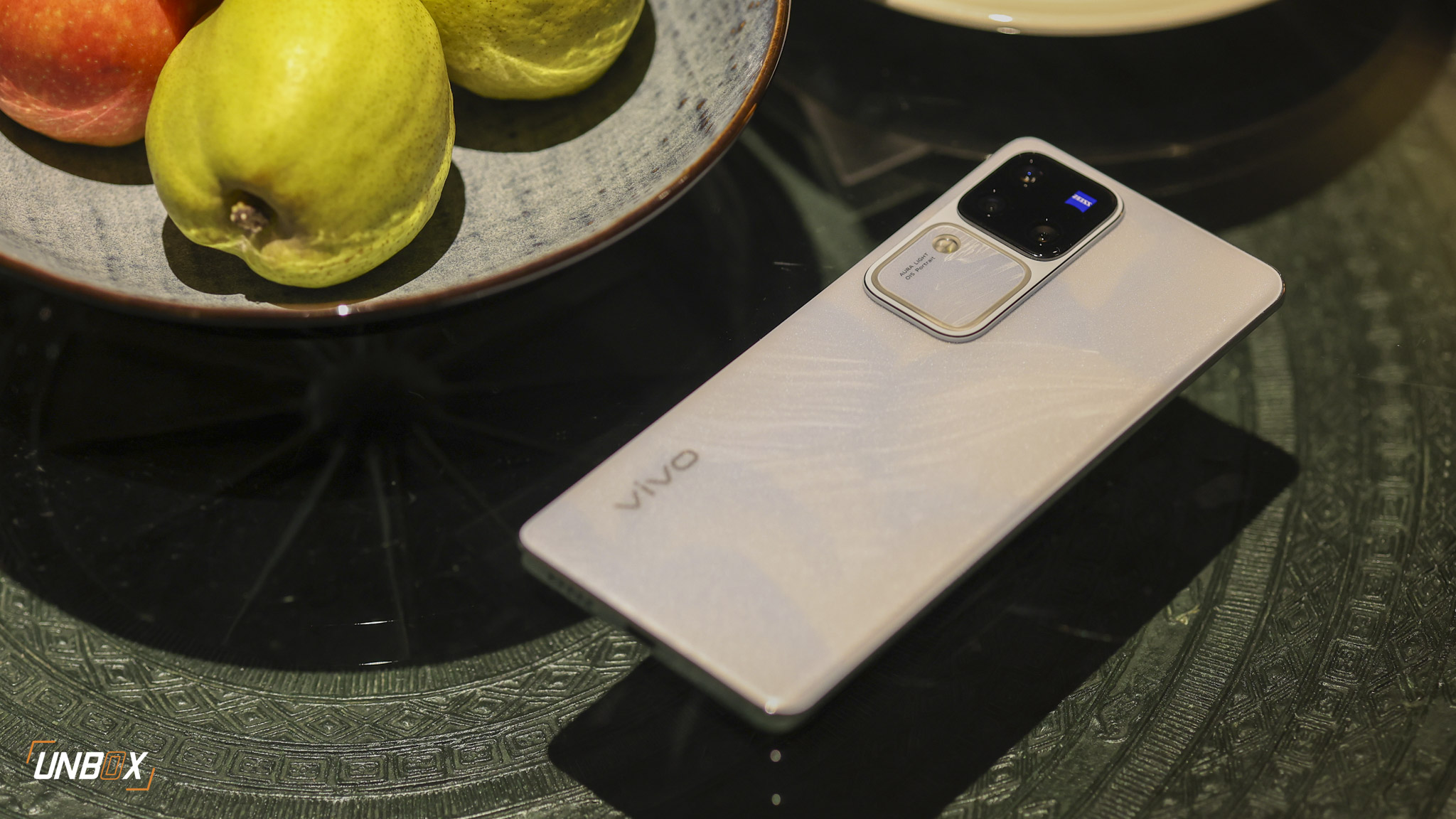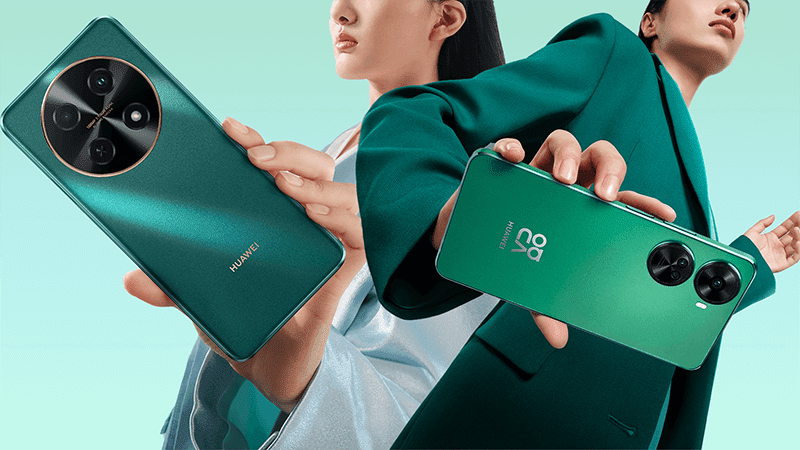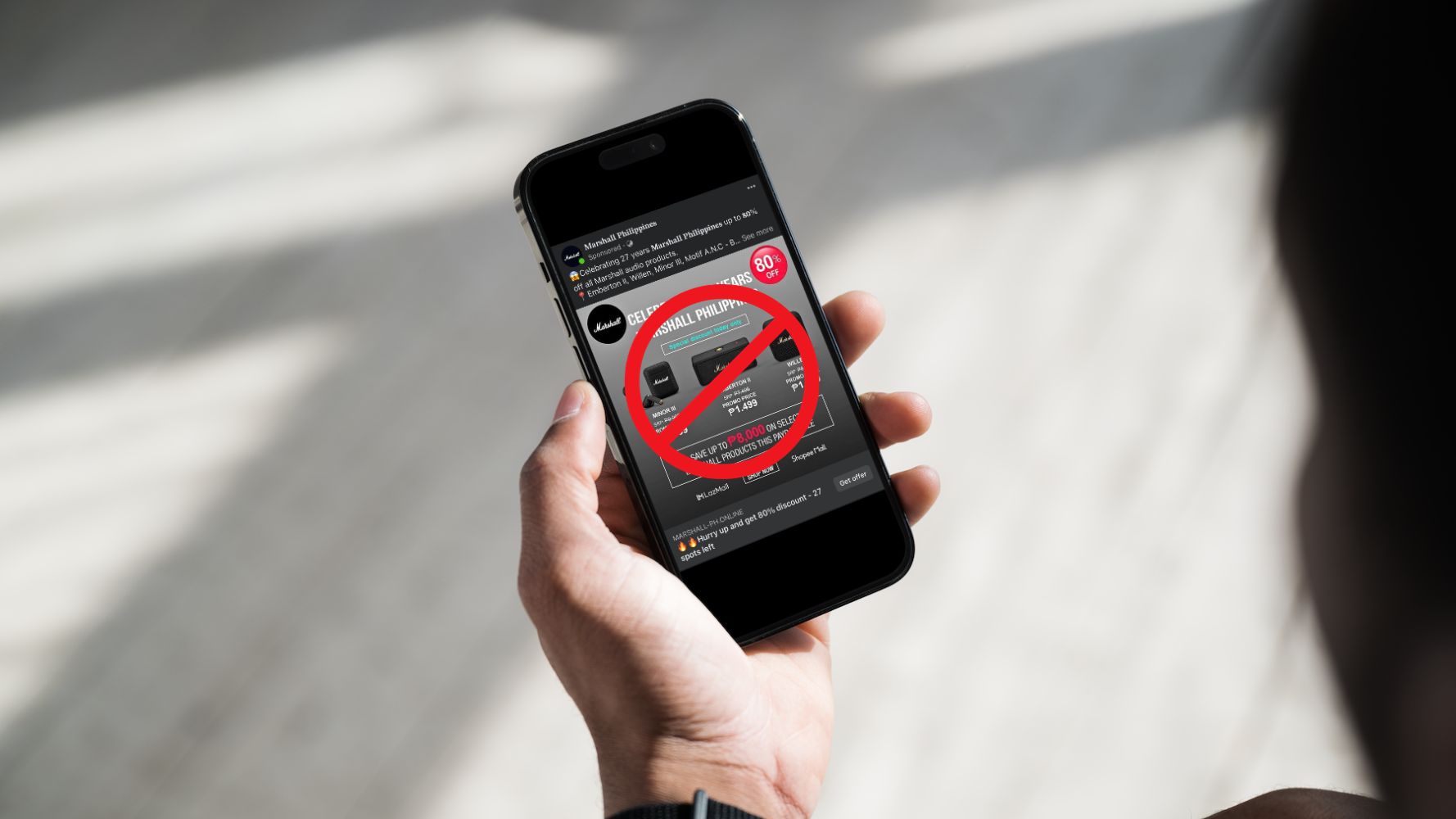Who is the real titan among the crowd?
As the flagship battle gets more competitive, ASUS sure wants a piece of that pie with the ZenFone 4 Pro. Not to be outdone by Samsung, LG, and OnePlus, ASUS made sure the ZenFone 4 Pro is equipped with all the best specs possible: Snapdragon 835 processor, 6GB RAM, and dual rear cameras to name a few.
As proof that the ZenFone 4 Pro is ASUS creme de la creme, the ZenFone 4 Pro has a slim premium unibody design with Nano Moulding Technology (NMT): an innovation where the antenna is seamlessly fused into the ZenFone 4 Pro’s aluminum frame.
How does the ZenFone 4 stack up against the competition? We compared it with the OnePlus 5, the LG G6, and the Samsung Galaxy S8, and see for ourselves which of these flagships offer the best possible specs.

ASUS ZenFone 4 Pro
- Qualcomm Snapdragon 835 processor
- 6GB LPDDR4 RAM
- 5.5-inch Full HD AMOLED display, 1920 x 1080 resolution, 2.5D curved glass, with Corning Gorilla Glass
- 64GB internal storage, expandable via microSD slot up to 2TB
- 12-megapixel, f/1.7 primary rear camera with ASUS Superpixel engine, PDAF, EIS, OIS, and RAW image support
- 16-megapixel, f/2.4 secondary rear camera with 2X zoom
- 8-megapixel, f/1.9 front camera
- Dual SIM
- 3G. LTE
- WiFi, Bluetooth, GPS, A-GPS, GLONASS, Fingerprint Scanner
- Android 7.1.1 Nougat with ZenUI
- 3600mAh battery

LG G6
- 2.3GHz Qualcomm Snapdragon 821 quad-core processor
- Qualcomm Adreno 530 GPU
- 4GB RAM
- 5.7-inch QHD+ FullVisison display, 2880×1440 resolution, Gorilla Glass 3 protection
- 32GB expandable storage, via microSD
- Twin 13-megapixel rear camera, f/1.8 aperture, OIS, LED flash
- 5-megapixel front camera
- Dual SIM
- WiFi, Bluetooth, GPS, A-GPS, GLONASS, Fingerprint scanner, IP68 certification
- 3300mAh battery
- Android 7.0 Nougat
Read: One Week with the LG G6 in the Philippines

Samsung Galaxy S8
- Samsung Exynos 8895 octa-core processor/Qualcomm Snapdragon 835 octa-core processor
- ARM Mali-G71 MP20 GPU
- 4GB RAM
- 5.8-inch WQHD Super AMOLED display, 2960 x 1440 resolution, dual curved edge
- 64GB expandable storage, via microSD
- 12-megapixel rear camera, f/1.7 aperture, Dual Pixel, OIS
- 8-megapixel front camera, f/1.7 aperture, AF
- Dual SIM
- 3G, LTE
- Fingerprint scanner, iris scanner, facial recognition, heartbeat sensor, IP68 certification, USB Type-C port, Bixby AI
- 3000mAh battery, fast charge
- Android 7.0 Nougat (TouchWiz UI)
Read: Samsung Galaxy S8 Review: Comeback Kid

OnePlus 5
- 2.45GHz Qualcomm Snapdragon 835 octa-core processor
- Adreno 540 GPU
- 6GB RAM LPDDR4X
- 64GB of UFS 2.1 storage
- 5.5-inch Optic AMOLED display, 1920 x 1080 resolution
- 16-megapixel f/1.7 Sony IMX398 primary rear camera, 20-megapixel f/2.6 telephoto secondary camera, LED flash
- 16-megapixel front-facing camera
- Dual SIM
- 3G, LTE
- Wi-Fi, Bluetooth, NFC, GPS, A-GPS, GLONASS, USB Type-C
- Fingerprint sensor
- 3300mAh battery, Dash Charge
Read: OnePlus 5 Review: Still A Potent Flagship Alternative
Internals: ASUS and OnePlus offer more RAM
While all four phones use Snapdragon 835 (the global version of the Galaxy S8 uses Exynos 8895, but the specs are the same with the SD835), ASUS and OnePlus gain the edge as both offer 6GB of RAM, compared to the 4GB offering of the G6 and the S8.
As for internal storage, the G6 lags behind the three, offering only 32GB of internal storage, while the Galaxy S8, the OnePlus 5, and the ZenFone 4 Pro offer 64GB of internal storage.
Display: LG and Samsung’s screens are simply irresistible
While they may not win in the RAM battle, LG and Samsung beats both ASUS and OnePlus with their gorgeous displays: Samsung with its Infinity display, and LG with its FullVision display, both being near bezel-less. Add to the fact that they also use a more superior Quad HD display, compared to the Full HD Display used by ASUS and OnePlus.
Camera: LG takes the cake
While we have to wait for Samsung’s dual camera flagship, the Galaxy Note 8, the G6, ZenFone 4 Pro, and the OnePlus 5 boasts of dual rear cameras. However, LG’s G6 wins in this department, as it offers two 13-megapixel rear cameras, both sporting a f/1.8 aperture.
Battery: ASUS has the longest legs from the bunch

What makes ASUS shine from the three other flagships is that it offers the biggest battery at 3600mAh, as compared to 3300mAh in the G6 and OnePlus 5, and 3000mAh for the Galaxy S8. While we have yet to see how it will perform in real life, we expect the ZenFone 4 Pro to do well in battery tests.
Verdict: It’s gonna be tight fight
ASUS’ ZenFone 4 Pro has a few advantages (at least on paper) over its competitors, but it has to be priced right in order to stand out, especially if you consider the fact that both the G6 and OnePlus 5 are now priced below Php 30,000. While we do not know the actual pricing of the ZenFone 4 Pro yet, we hope that it matches the price of the G6 and OnePlus 5 in order to remain competitive in the top tier market.




































































